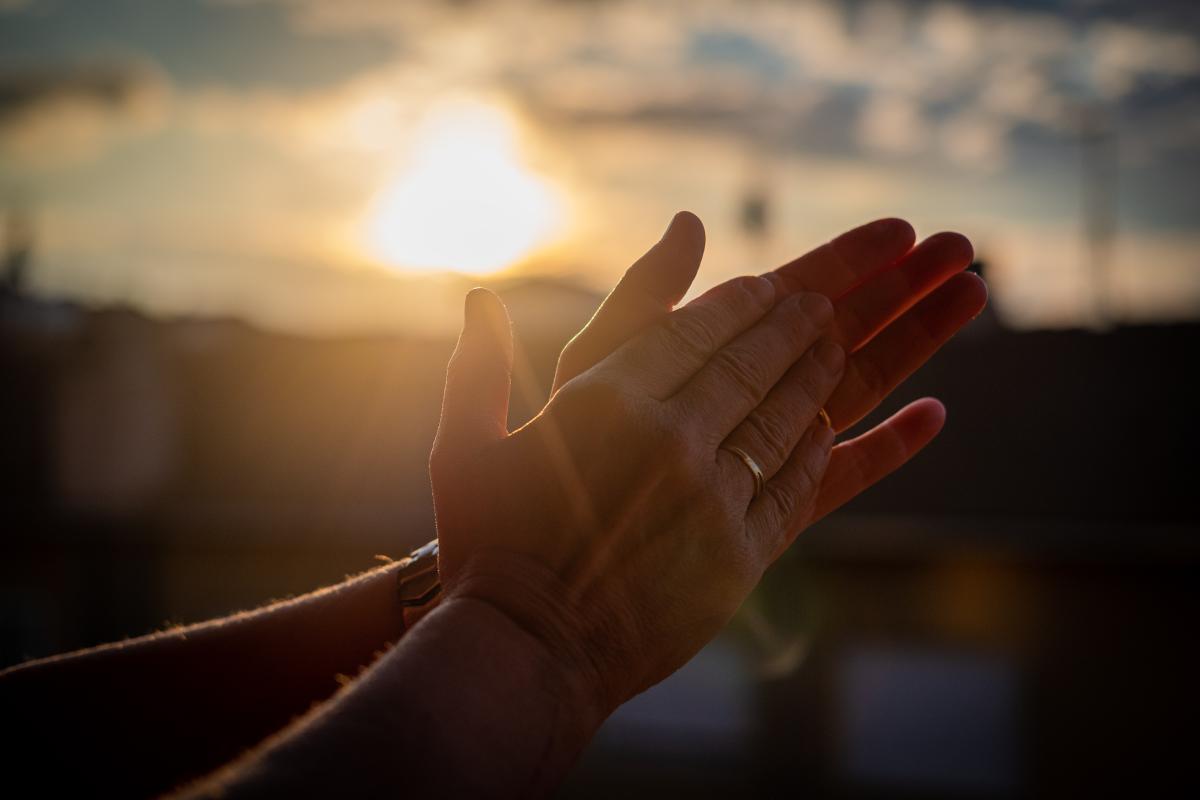
Some tips to dare to dance with your friends and improve your sense of rhythm in general
Rhythm is everywhere in our daily lives. Whether it is the beating of the hands of a watch, the windshield wipers or even the blows of a jackhammer, these different elements have the particularity of striking at regular intervals. In music, this same rhythm invites us to dance, seizes our body to make it move without us even realizing it. Rhythm is a universal language, which brings us closer and leads us into states of trance. Unfortunately, some people do not perceive it, do not have "rhythm in their skin". Like any other field, this can be worked on!
rhythmic deafness
There are two distinctive points: lack of rhythm and rhythmic deafness. The first can be worked on, while the second is related to a brain problem of synchronization between body movements and perceived sounds. A person suffering from rhythmic deafness is unable to move in rhythm, because he/she cannot anticipate the rhythmic beats that are placed in time. This dysfunction is relatively rare.
different rhythmic notions
To understand a rhythm, you must first feel the rhythmic pulse which is linked to the BPM (beats per minute). The rhythmic pulse is this nodding that occurs when you listen to music, which will generally mark the highlights of the song (1,2,3,4). This pulse is more or less fast depending on the BPM. The higher the BPM, the faster the pulse. (120 BPM = 120 beats per minute). Then comes the rhythmic figures. It is about arrangements not necessarily regular within a measure (1,2,3,4). We can talk about reggae rhythmic patterns for example, with a kick on all the beats and accentuated strokes on the off-beats. (1 and 2 and 3 and 4 and).
exercise of the clock
An effective exercise to understand rhythm in a different way is to stand in front of a clock with a second hand. The clock is at 60 Bpm (because 60 seconds = 1 minute). Try to clap your hands at the same time as the seconds, being as precise as possible. Once you are comfortable, close your eyes and start a stopwatch. The goal is to count one minute as accurately as possible without looking at the stopwatch and stop it when you feel you are finished. This exercise will help you integrate a slow rhythm (which is extremely beneficial for learning fast rhythms later on), as well as the notion of space and silence in time.
Listen to music
Turn on your radio, open spotify, in short: listen to music! You can then practice by clapping your hands to the songs you hear, try to nod your head in rhythm. Start by feeling the beat, without trying to reproduce the rhythm. If you are comfortable, you can even count the beats (1,2,3,4). Once you've got the pulse down, you can move on to the next part. Tap the beat with your feet and try to reproduce the rhythm with your hands.
Apolline offers singing lessons in Lausanne as well as guitar lessons, drum lessons and piano lessons to help you perfect your musical skills.
Did you like this article? Here are some others that might interest you:
